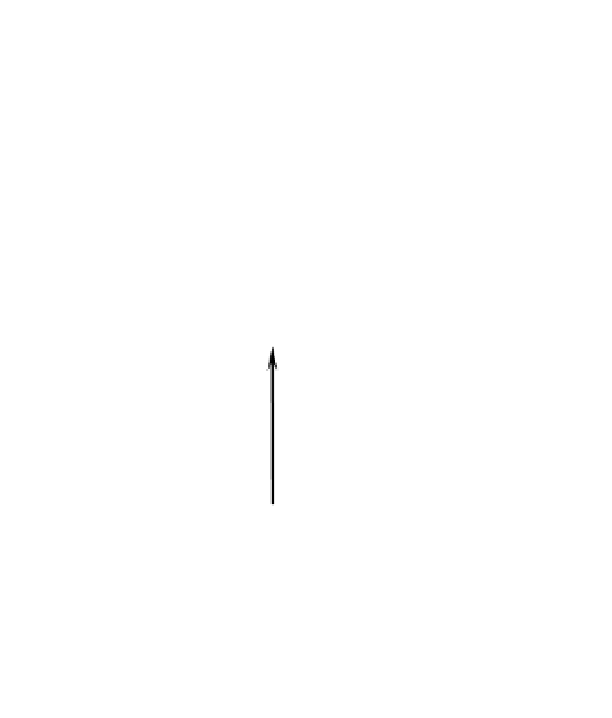Image Processing Reference
In-Depth Information
j
n
j
n
j
n
Xe
Xe
jXe
.
(7)
C
R
I
The real signal and its Hilbert transform are respectively the real and imaginary parts of the
analytic signal; these have the same amplitude and /2 phase-shift (Fig. 3).
X
R
(
e
j
n
)
(a)
-
S
S
2
S
-
S
2
jX
I
(
e
j
n
)
(b)
-
S
S
X
C
(
e
j
n
)
(c)
-
S
S
-
S
2
S
2
X
C
*
(
e
-j
n
)
(d)
-
S
S
2
S
-
S
2
Fig. 3. Complex signal derivation using the Hilbert transformation
According to the Hilbert transformation, the components of the
Xe
j
n
spectrum are
shifted by /2 for positive frequencies and by -/2 for negative frequencies, thus the
pattern areas in Fig. 3b are obtained. The real signal
Xe
j
n
and the imaginary one
I
Xe
j
n
multiplied by
j
(square root of -1), are identical for positive frequencies and -/2
phase shifted for negative frequencies - the solid blue line (Fig. 3b). The complex signal
C
Xe
j
n
occupies half of the real signal frequency band; its amplitude is the sum of the
and
Xe
j
n
e
j
n
jX
amplitudes (Fig. 3c). The spectrum of the complex conjugate
I
analytic signal
Xe
j
n
is depicted in Fig. 3d.
C







































